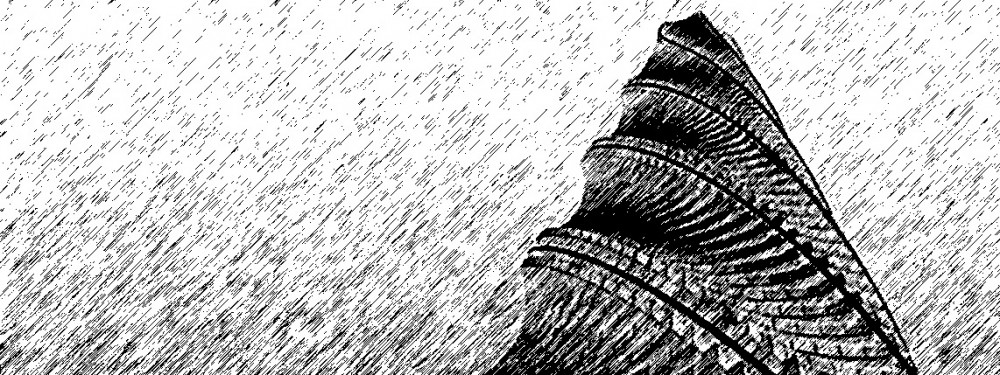[ASIDE: I’m sorry for a lack of visuals again guys. WordPress isn’t letting me upload anything now. Been this way for months without any solutions. I’ll try next time…]
Throughout the past months, I wrote and self-published a book about my experiences in Winnipeg bands. Each step of the project took a long time to plan and execute.
First, the project itself—what was I going to write about? How will it be structured? How long will it take to do each step? It took weeks to have a short synopsis of the book, and then each chapter.
Next, budgeting for time and money. I was still in school as I worked on the project, and I’m not rich. It took more planning to make the project realistic and doable.
Then, the actual writing. The whole book is roughly 17,500 words, which isn’t a lot for a book. But each time I would tackle a chapter, I would write out an idea, then scrap it, then write another, then scrap that one, then settle on a part that didn’t make me feel sick to write.
After the writing was done, the editing began. I underestimated how much time I was going to spend editing—it turns out I spent way more time editing than writing the initial content. Probably twice as much time, actually.
So then, I contacted local publishers. I self-published, but some publishers help lay out the book, plus some design covers, get an ISBN for you, and other book-related things that are easy to overlook.
Once I settled on a publisher, I booked a venue so I could host a book launch. I contacted a few different places, and chose the one based off my needs since I planned to play music at my launch.
Then, I contacted the band members and we chose some songs and practiced for a few weeks, rented equipment, and set up at the venue. On my side of things, I made up some merchandise for the launch—t-shirts, guitar picks, and posters. This happened, of course, after contacting a bunch of places and working out the best prices and timing for each item.
Then, the actual event came, and I met with everyone who was generous enough to stop by and pick up a copy of my book as well as some merch. I played the set with the band, and afterwards, tore down the stage, cleaned up, and returned the rented equipment to the store.
But, after everything, it’s done. There are printed copies of my project on my desk. I can flip through and actually hold something that I created. It’s like having a baby, except it’s nothing like having a baby. It’s not easy, though.
Anyone wanna buy a book?






